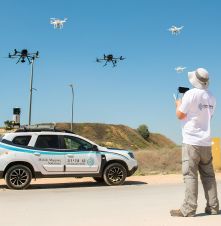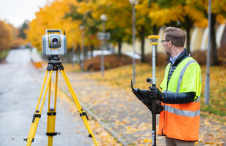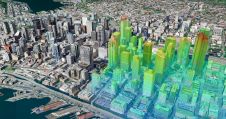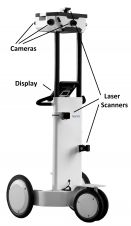Digitizing Israel’s road network with high-end geospatial technology
Israel’s national roads company is embarking on a large-scale, multi-year project to digitize its entire network. Surveying company Kav Medida has been awarded the contract to map the northern half ...













